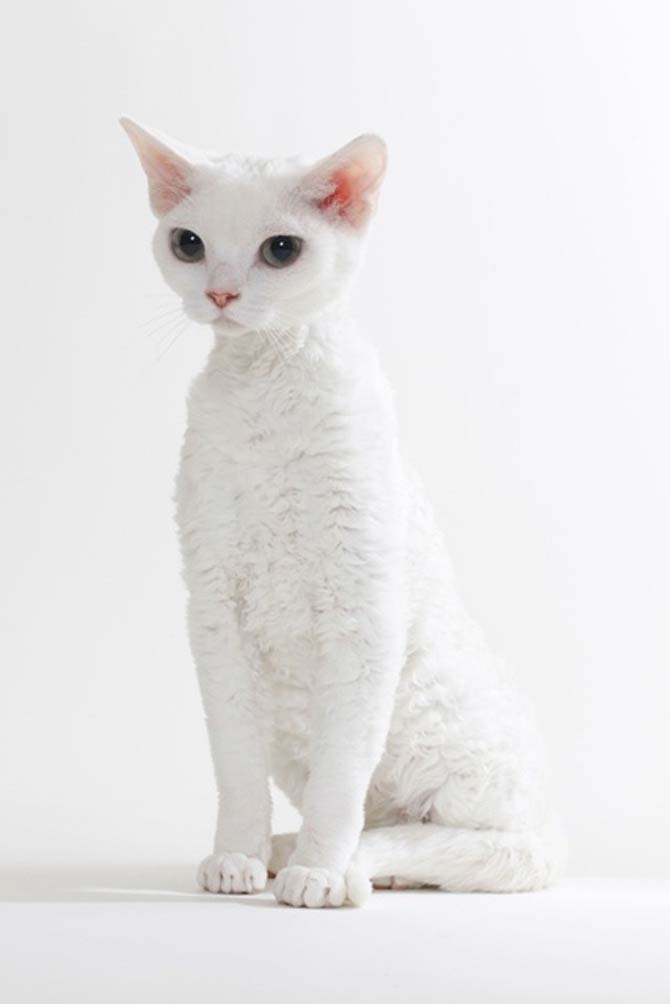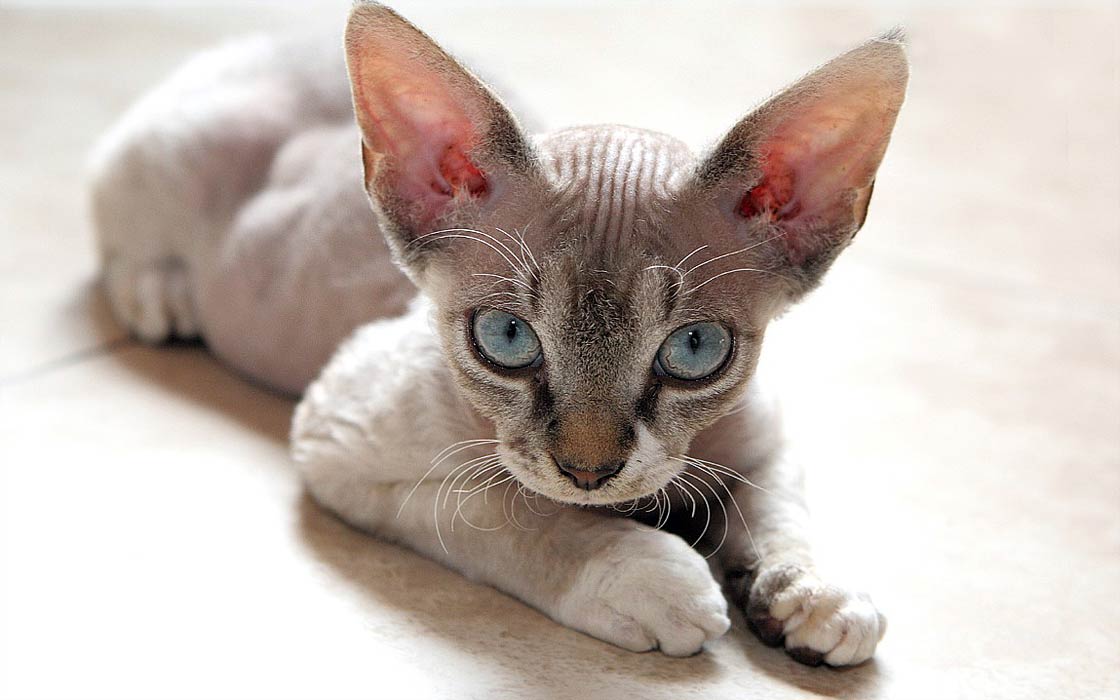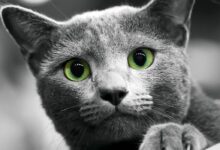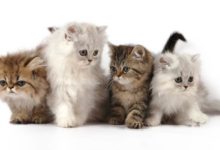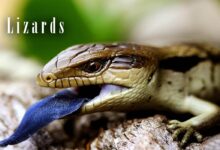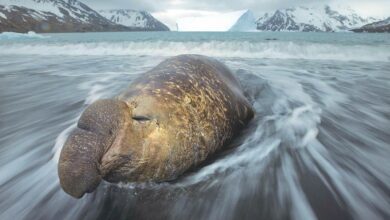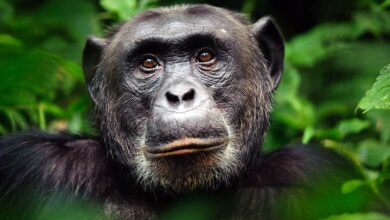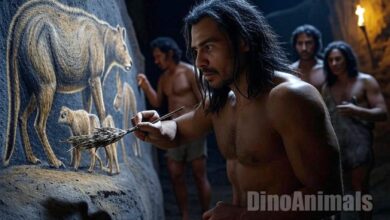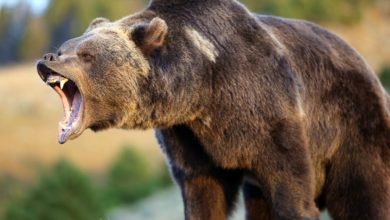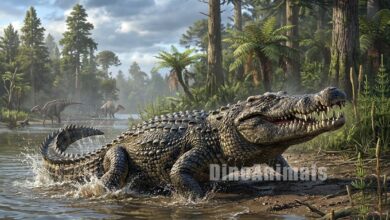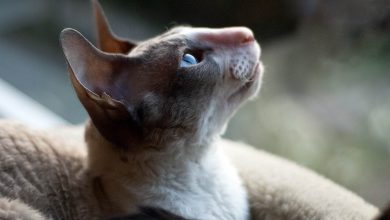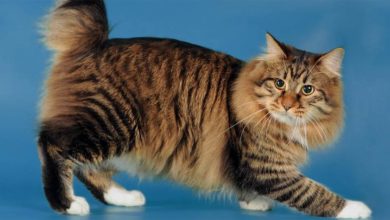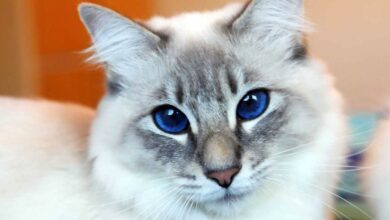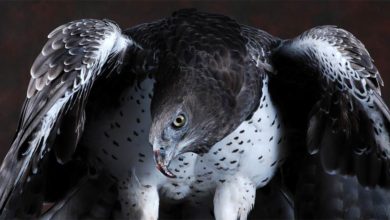Devon Rex cat
Elf among cats
It is sometimes called an elf among cats because of its large, pointed ears, high cheekbones and huge oval eyes with a piercing gaze. A wedge-shaped head supported on a slim, long neck enhances this impression. The mythical appearance harmonizes wonderfully with its empathetic and warm personality. Here is one of the funniest and socialized purebred cats – Devon Rex.
FIFe classification
- Category III: Shorthair cats
- EMS code: DRX
- Other names: Alien cat, Pixie cat, Poodle cat
- Country of origin: England
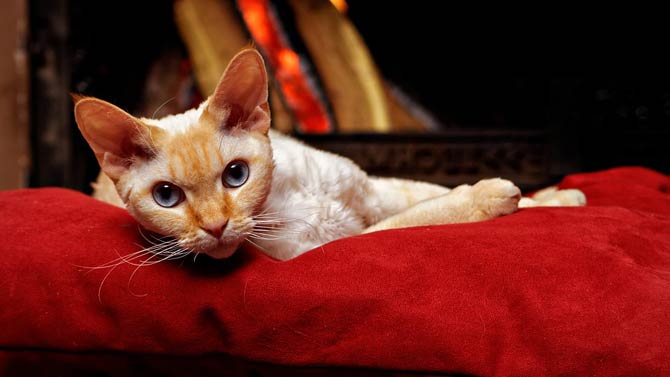
History and origin of the breed
The first known Devon Rex was discovered in the English county of Devon in 1959. The young were found in a closed tin mine. Kirlee, because that was the name of the kitten, was deceptively similar to the Cornish Rex, discovered a decade earlier in Cornwall. At first, it was considered that Kirlee’s unusual appearance was the result of the same genetic mutation.
However, tests have shown that the Kirlee genetic mutation has a completely different background to that found within the Cornish Rex breed. Kirlee did look quite unusual – it was covered with a very short but tightly curled coat. It is not known, however, where this cat came from. It is known that its mother was stray, its father was also a tramp covered with unusual curly hair.
The Kirlee cat is today considered to be the progenitor of the Devon Rex breed today. In 1968, the breed appeared in the USA, and 11 years later it was registered by felinological organizations.
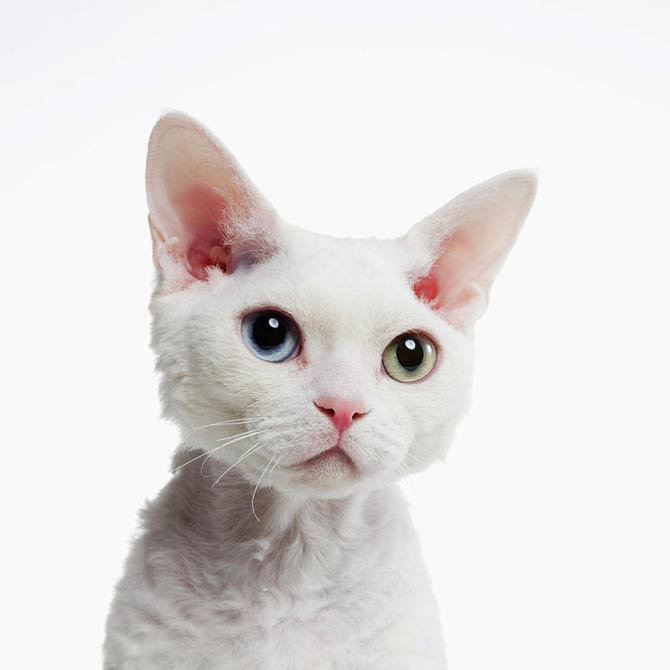
Characteristic
Appearance
The ears are set on a wedge-shaped head, set wide apart and set low. Sometimes a tufted hair grows on their tips. The whole figure is very slim, but muscular and rather hard. The limbs are long, ending with small, round paws. The long, thin tail tapers towards the end.
The most distinctive element of the Devon Rex breed is fur. However, it is not only about its length and structure, but also about the layers. Devon Rex is covered with 3 layers of hair: sparse and short top coat, middle layer and undercoat.
The coat is extremely soft and delicate to the touch. The densest fur is visible on the back, sides of the body, on the tail, limbs, mouth and ears. Some individuals are covered with loose curls, while in others the curls are finer, more compact. The hair on top of the head, chest and abdomen is less dense and resembles down.
Color
Within the breed, practically any color variant is allowed, including: black, white, chocolate, cinnamon, blue, lavender, red. There are also tan, stripes, tortoiseshell and many other patterns.
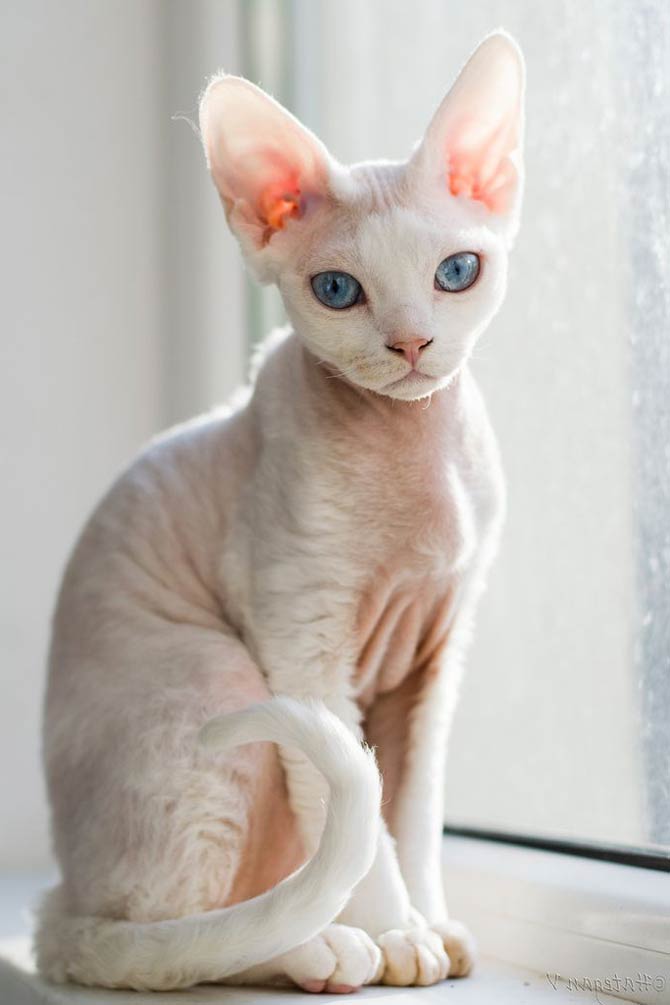
Temperament
The Devon Rex’s favorite place to be is near its owner. It is fond of beloved people, showing a keen interest in everything that is happening around it. It does not like to be excluded from any activity of its owners. So you have to take into account that the Devon Rex will want to be in our vicinity all the time, making soft sounds at the same time to establish contact.
Although it is certainly a cat with character, it is not afraid to show love to its family members.
At the same time, it shows high intelligence. It is also not hyperactive, so it does not need to be constantly on the move, although it is eager to learn new tricks such as fetch. It also likes mind-stimulating games – they help a lot in distracting it from the absence of the owners.
Do not be surprised if Devon Rex decides to sit down at the table during a family dinner. This cat loves not only its owners, but also food. You should pay attention to this, because eating delicacies too often can end up with extra kilos.
As a well-socialized cat, it will also strive to sleep in the owner’s bed. It needs a lot of warmth and comfort, which is why the bed seems to be the best solution for it. This cat is therefore intended for cheerful people who like the company of curious and intelligent animals that require physical and mental activity.
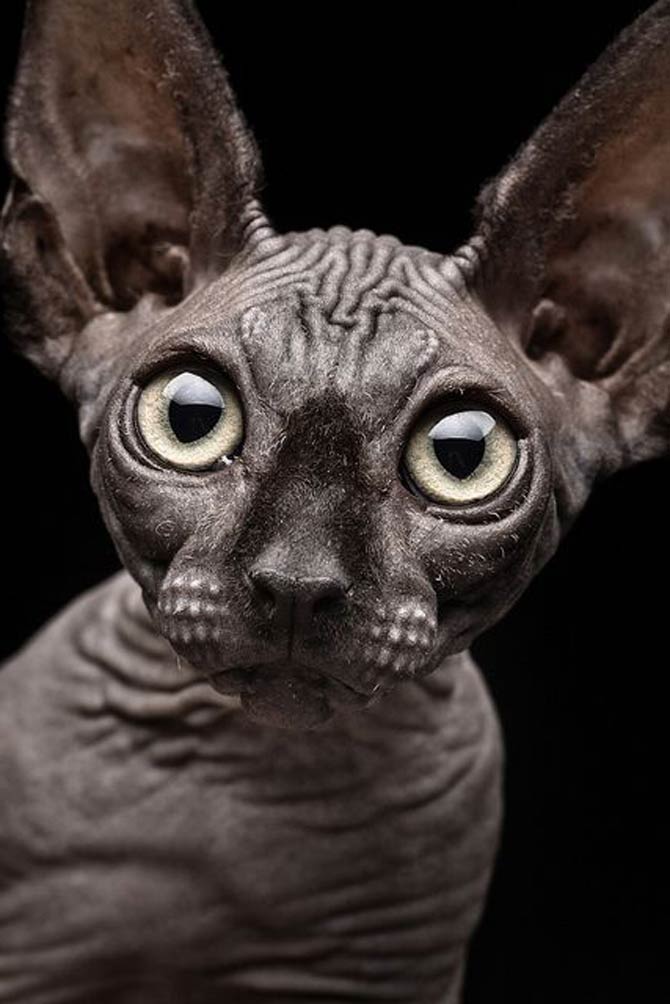
Health condition
There are several diseases within the breed. Some of them may be genetic. So, at Devon Rex you can find:
- Hypertrophic cardiomyopathy – a heart disease inherited in some breeds, such as the Maine Coon. The hereditary nature of this disease has not been confirmed in the Devon Rex breed.
- Hip dysplasia – a developmental defect of the acetabulum, leading to the loosening of the hip joint.
- Hereditary alopecia – a recessive gene is probably responsible for it. Thus, in order for this disease to manifest itself in offspring, both the mother and the father must be the carrier of this gene.
- Hereditary Muscle Myopathy – this leads to significant muscle weakness, which in turn makes the cat tired quickly.
- Skin infections with yeasts of the genus Malassezia. Infection with these microorganisms can lead to ear infections and itchy skin, among other things.
- Pigmented urticaria – This causes infiltrates and wounds on the body.
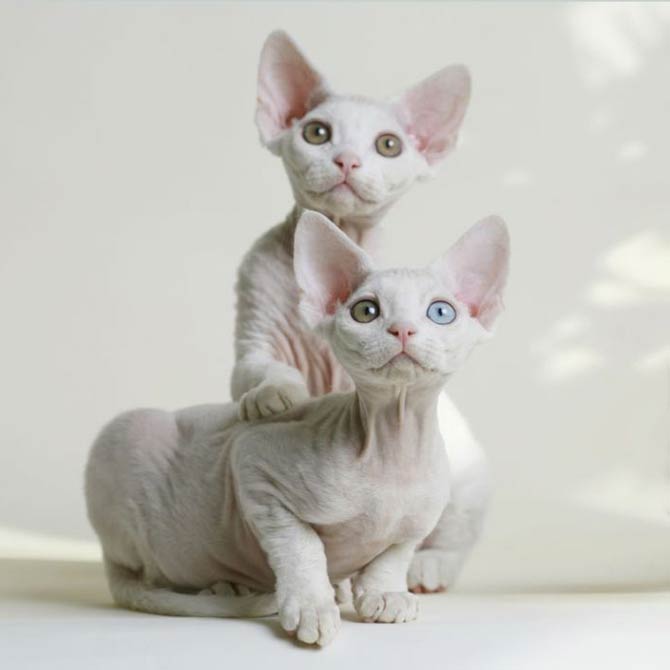
Detailed information /dimensions (size)
Devon Rex cat
- Height at the withers: 25-30 cm (9.8 – 11.8 in)
- Weight: 2.5-4 kg (5.5 – 8.8 lb)
- Lifespan: 9-13 years

Devon Rex – interesting facts
- The name of the breed comes from the name of the English county of Devon, where the first representative of the new breed was found. The word Rex refers to a fur similar to that of Rex rabbits.
- The Devon Rex is a great jumper, therefore it is looking for the highest points in the house. For this reason, it can often be found on shelves, in wardrobes or … a laundry basket.
- Devon Rex is famous for showing specific affection towards owners – it loves to climb their head (literally) or over their shoulder like a parrot. When the owner is lying down, the cat will often lie down in the bend of the shoulder and neck.
